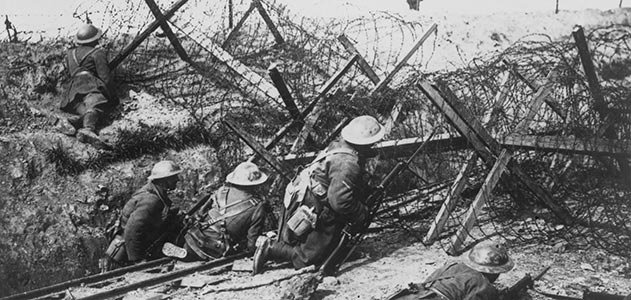
 0
0 
Throughout history, military innovation has played a crucial role in the development and advancement of weapons. From the invention of gunpowder to the creation of drones, these innovations have not only changed the face of warfare but also impacted civilian life in ways we could never have imagined.
The concept of warfare has been intertwined with human civilization since its inception. In ancient times, the art of war was primarily focused on strategies that leveraged the power of manpower and simple weapons. However, as civilizations evolved, so did their methods of warfare.
The invention of the bow and arrow, for instance, allowed soldiers to attack enemies from a distance, revolutionizing battlefield tactics1. The introduction of chariots in ancient Egypt provided armies with increased mobility, transforming the dynamics of warfare2.
One of the most significant turning points in military technology came with the discovery of gunpowder. This invention, attributed to the Chinese around the 9th century, led to the development of firearms and cannons, thus changing the landscape of warfare forever3.
The use of artillery during the Middle Ages, for example, played a pivotal role in several historical battles. Cannons were used to break down castle walls, altering the way sieges were conducted and leading to the decline of castles as defensive structures4.
The advent of the Industrial Revolution brought about another wave of military innovation. The development of machine guns, tanks, and aircraft during World Wars I and II significantly altered the way wars were fought. For instance, the German Blitzkrieg strategy, which relied heavily on the speed and power of tanks and aircraft, demonstrated the devastating potential of these new technologies5.
In recent years, the use of unmanned aerial vehicles (UAVs), or drones, has emerged as a new frontier in military technology. Drones can carry out surveillance and attack missions without risking human lives, marking yet another evolution in warfare6.
While these innovations have been instrumental in shaping warfare, they also raise important ethical questions. The destructive power of modern weapons, particularly nuclear weapons, has led to debates about their use and the moral implications of warfare. These discussions continue today, particularly with the advent of autonomous weapons systems7.
Interestingly, many military innovations have found their way into civilian life. The Internet, for instance, was initially a military project before becoming a ubiquitous part of our daily lives8. Similarly, GPS technology, originally developed for military use, is now integral to various civilian applications, from navigation to weather forecasting9.
In conclusion, military innovation has had an undeniable impact on the development of weapons throughout history. While these advancements have often been driven by the necessity of warfare, they have also led to significant technological breakthroughs that have transformed civilian life. As we look to the future, it’s clear that the interplay between military innovation and societal development will continue to shape our world.

 0
0